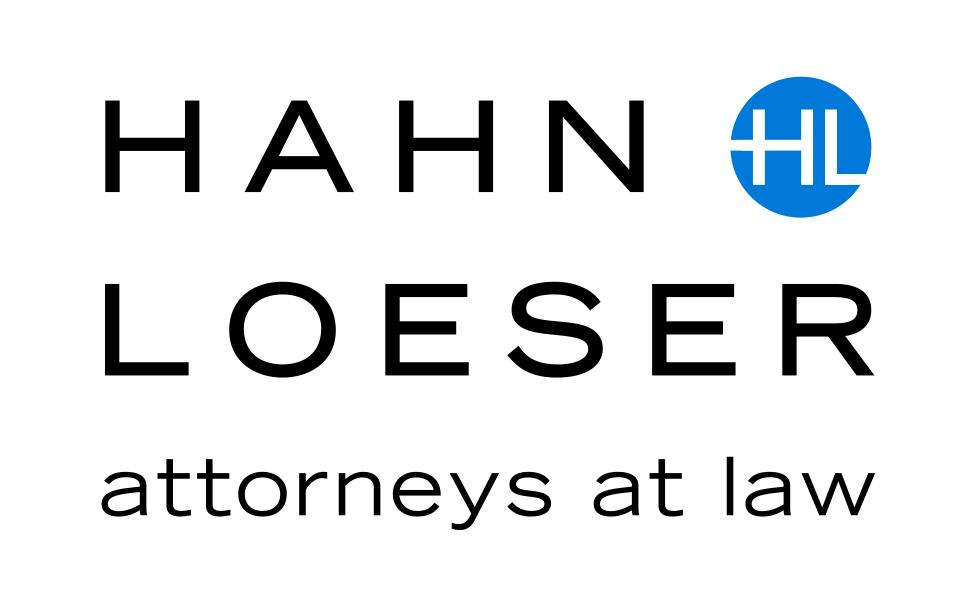On March 24th, the U.S. Department of Labor (DOL) published summaries of employee rights and employer obligations under the Families First Coronavirus Response Act (FFCRA) on the DOL’s COVID-19 and the Workplace website. Also available on the site under the heading “Posters” is the notice which all covered employers are required to post in the places where notices to employees are customarily posted.
In addition to the summaries, the DOL published FFCRA guidance in the form of questions and answers. The questions and answers from the DOL’s site that provide information beyond the text of the FFCRA appear below. The DOL also notes that in addition to this guidance, it will be issuing implementing regulations, expected in April 2020, including regulations pertaining to the exemption for employers with fewer than 50 employees.
Q&A’s from the DOL’s COVID-19 and the Workplace Website
What is the effective date of the Families First Coronavirus Response Act (FFCRA), which includes the Emergency Paid Sick Leave Act and the Emergency Family and Medical Leave Expansion Act?
The FFCRA’s paid leave provisions are effective on April 1, 2020, and apply to leave taken between April 1, 2020, and December 31, 2020.
When calculating pay due to employees, must overtime hours be included?
Yes. The Emergency Family and Medical Leave Expansion Act requires you to pay an employee for hours the employee would have been normally scheduled to work even if that is more than 40 hours in a week.
However, the Emergency Paid Sick Leave Act requires that paid sick leave be paid only up to 80 hours over a two-week period. For example, an employee who is scheduled to work 50 hours a week may take 50 hours of paid sick leave in the first week and 30 hours of paid sick leave in the second week. In any event, the total number of hours paid under the Emergency Paid Sick Leave Act is capped at 80.
* * *
Please note that pay does not need to include a premium for overtime hours under either the Emergency Paid Sick Leave Act or the Emergency Family and Medical Leave Expansion Act.
What is my regular rate of pay for purposes of the FFCRA?
For purposes of the FFCRA, the regular rate of pay used to calculate your paid leave is the average of your regular rate over a period of up to six months prior to the date on which you take leave.1 If you have not worked for your current employer for six months, the regular rate used to calculate your paid leave is the average of your regular rate of pay for each week you have worked for your current employer.
If you are paid with commissions, tips, or piece rates, these wages will be incorporated into the above calculation. You can also compute this amount for each employee by adding all compensation that is part of the regular rate over the above period and divide that sum by all hours actually worked in the same period.
1 If you are a Federal employee, the State or local minimum wage would be used to calculate the wages owed to you only if the Federal agency that employs you has broad authority to set your compensation and has decided to use the State or local minimum wage.
If I am home with my child because his or her school or place of care is closed, or child care provider is unavailable, do I get paid sick leave, expanded family and medical leave, or both—how do they interact?
You may be eligible for both types of leave, but only for a total of twelve weeks of paid leave. You may take both paid sick leave and expanded family and medical leave to care for your child whose school or place of care is closed, or child care provider is unavailable, due to COVID-19 related reasons. The Emergency Paid Sick Leave Act provides for an initial two weeks of paid leave. This period thus covers the first ten workdays of expanded family and medical leave, which are otherwise unpaid under the Emergency and Family Medical Leave Expansion Act unless the you elect to use existing vacation, personal, or medical or sick leave under your employer’s policy. After the first ten workdays have elapsed, you will receive 2/3 of your regular rate of pay for the hours you would have been scheduled to work in the subsequent ten weeks under the Emergency and Family Medical Leave Expansion Act.
Please note that you can only receive the additional ten weeks of expanded family and medical leave under the Emergency Family and Medical Leave Expansion Act for leave to care for your child whose school or place of care is closed, or child care provider is unavailable, due to COVID-19 related reasons.
Additional DOL Guidance to Wage and Hour Division
The DOL also released guidance to its Wage and Hour Division field staff regarding FFCRA enforcement. The DOL instructs that it will not bring enforcement actions against an employer for violations of the FFCRA occurring through April 17, 2020, provided that the employer has made reasonable, good faith efforts to comply with the FFCRA. As set forth in DOL Field Assistance Bulletin 2020-1, an employer who is found to have violated the FFCRA acts “reasonably” and “in good faith” when all of the following facts are present:
- The employer remedies any violations, including by making all affected employees whole as soon as practicable. For employers who are eligible for tax credits but who have insufficient cash flow this includes making payment of sick leave or family leave wages as soon as possible, but not later than seven calendar days after the employer has withdrawn an amount equal to the required paid sick leave and expanded family and medical leave wages from the employer’s Federal payroll tax deposits or, to the extent such deposits are not sufficient, has received a refund of the credit amount from the IRS to cover the required wages.
- The violations of the FFCRA were not “willful” based on the criteria set forth in McLaughlin v. Richland Shoe, 486 U.S. 128, 133 (1988) (the employer “either knew or showed reckless disregard for the matter of whether its conduct was prohibited…”).
- The DOL receives a written commitment from the employer to comply with the Act in the future.
The DOL further instructs the field staff that if an employer either (i) violates the FFCRA willfully, (ii) fails to provide a written commitment to future compliance with the FFCRA, or (iii) fails to remedy the violation upon notification by DOL, the employee seeking payment, or a representative of that employee (such as the employee’s labor union), including by making all affected employees whole as soon as practicable, the DOL reserves its right to exercise its enforcement authority.
While the Field Assistance Bulletin is a welcome relief for employers whose intention is to comply with the FFCRA, it is a reminder to those employers who believe that they may disregard the requirements of the FFCRA that the DOL is prepared to fully enforce violations.





